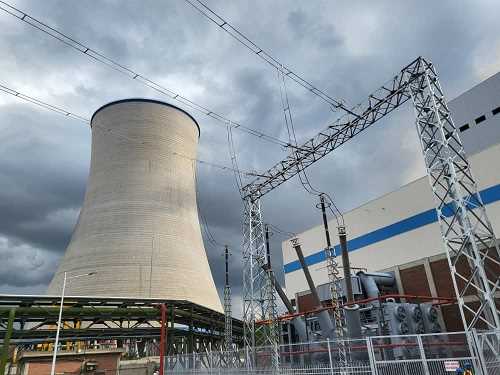
Audrey Galawu
The World Bank has suggested that Zimbabwe should invest more in reliable and universal access to energy as the country reportedly lost a total of 6.1 percent of GDP per year, comprising 2.3 percent of GDP in generation inefficiencies and excessive network losses, and 3.8 percent of GDP on the downstream costs of unreliable energy.
According to the World Bank, if the country hopes to achieve the high growth rates needed to move toward upper middle-income status by 2030, it will be critical to realise stable and reliable electricity access.
The mining sector has in particular, been one of the most affected productive sectors given its highly energy-intensive characteristics.
In a report titled Electrifying Growth Through Reliable and Universal Energy Access, the World Bank highlighted that unreliable and expensive electricity supplies reduce the margins of existing operations and weigh heavily on the possibility assessments for expansions and new projects.
“The country still suffers from significant power deficits. In 2020, the available generation capacity was 1 585 MW compared with peak demand of 1 900 MW, forcing power outages of 12–14 hours a day. While the Government commissioned an additional 600 MW at the Hwange Thermal Power Station in 2023, installed capacity is currently still insufficient to meet demand, and rolling blackouts give rise to a significant burden on Zimbabwe’s economic growth and competitiveness.
“Zimbabwe has seen notable improvements in access to electricity, but the pace of rural electrification has slowed down. Between 2014 and 2020, overall energy access expanded from 32 to 53 percent, driven by a rapid rise in access in rural areas (from 8 up to 37 percent).
“Nonetheless, the overall pace of expansion is slowing and there is a need for significant investment to achieve universal access by 2030.
“Power shortages also significantly hurt the agriculture and agro-processing sector by undermining irrigation, together with cold chain and storage facilities. Tourism is also affected as hotels, resorts and tourist attractions face disruption of essential services. Overall, these effects translate into lower economic growth and lower household incomes,” reads the report.
Medium-term World Bank projections suggest that electricity demand will grow from 1 950 MW in 2022 up to 5 177 MW by 2030, driven primarily by growing demand from the mining and agriculture sectors.
The World Bank also suggested that government should implement electricity pricing policy for full recovery of efficient costs of service provision, allow below-cost energy tariffs for vulnerable consumers and develop a plan for efficient operational performance of the power companies, with a specific focus on the reduction of technical and commercial losses as short-term solutions.
Energy companies are also reportedly hampered by high debt servicing costs, insufficient revenues and high debt, leading to cash flow shortages, which in turn constrain companies from investing in new generation, transmission and distribution assets.
The unreliable electricity resulted in the mining and manufacturing sectors recording a decrease in the Mining confidence index and purchasing and manager's index for the third quarter 2023.
Leave Comments